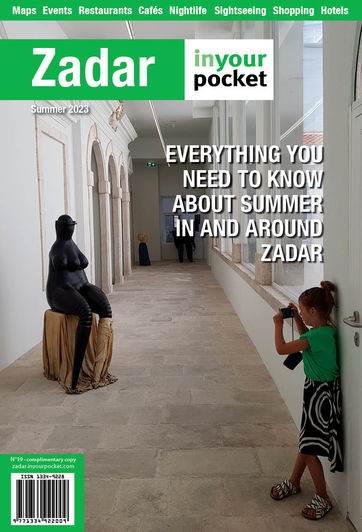Beauty In Roman Times
more than a year agoOne of the earliest women famous for using cosmetics was Egyptian Pharaoh Cleopatra, whose life coincided with the early days of the Roman Empire. Most of us know the legend of her bathing in asses’ milk to preserve the beauty of her skin. We also have a pretty good idea of what she looked like, with her eyes defined with black kohl and probably green or blue makeup. It would be mistaken though to think of her as a kind of proto Kim Kardashian as she was a mighty ruler witha razor-sharp intellect.
The Romans’ use of makeup was nothing new, but drew on traditions from the civilizations of the east, where the ingredients used to create makeup and perfume were abundant in nature and had been in use for centuries beforehand.
The Romans themselves had an ambivalent attitude to cosmetics, which were used mainly by the very wealthy or by prostitutes. Christians tended to believe that embellishing yourself was either going against God’s will or a clear sign of being deceitful or adulterous. While most male writers at the time were disapproving of excessive use of makeup, there are no records of women having any problem with it. The only writer on record as being cool with makeup was Ovid, generally a smashing bloke anyway.
However, women weren’t the only ones to face condemnation for using cosmetics. It wasn’t unusual for men to sport flamboyant hairstyles, to whiten their faces and to remove hair from their faces and bodies. However, men had to tread a fine line between being considered a bit sketchy on the personal hygiene front and being overly effeminate and thus decadent and immoral.
Nonetheless, it was socially acceptable to maintain the health of your skin, so using cosmetics to improve the skin’s condition was widespread, as was exercising to improve one’s health and appearance. People could be seen pounding elliptical cross trainers and reading OK! magazine across the length and breadth of the Roman Empire.
The realities of using cosmetics were rather different to modern times. For one thing, the ingredients tended to be rather different. Most scarily, to achieve the much-prized whiteness of skin, not easy with a Mediterranean complexion and climate, white lead was used as a cosmetic ingredient. Little did people know poisonous lead is absorbed through the skin, leading slowly to sickness and death. A less risky but equally scary-sounding alternative skin-whitener was crocodile dung.
To lubricate the skin and preserve its youthful look, the Romans reached for whiffy-sounding ingredients from swan fat to gladiator sweat. Like us though, they applied lanolin to their faces to soften their skin as they slept, only they lacked the technology to get rid of the smell of sheep from that particular ingredient.
However, the Romans were very well aware of the art of the perfumer, and to those who could afford them trade routes made available all kinds of exotic, sweet-smelling ingredients. Rose petals, lavender, jasmine, lily and frankincense were ingredients that were traded across the empire, producing scented oils and balms that people used to fragrance their skin, their hair and even their walls and their doves in order to make pleasant their surroundings. Closer to home, the Illyrian iris, growing on the coast of today’s Dalmatia, was prized for its scent and used to make necklaces of sweet-smelling beads.
Equally beautiful and exotic were the boxes and vials used to store cosmetics. They ranged from boxes made of simple bone to decorative ivory caskets. The Romans also knew glass is one of the best containers for cosmetics since it doesn’t react with its ingredients. In the Archaeological Museum you can see containers and vials unearthed in the local environs and once used to store cosmetics. Other interesting finds include glass wands used to apply kohl around the eyes, hair grips from Zadar and Nin and amber rings depicting women with the hairstyles popular at the time.
Looking at the collection, it’s easy to imagine the scene of a wealthy Roman woman sitting in her dressing room, entry to men strictly forbidden, surrounded by slave women dipping into her wardrobe and the cupboard containing her cosmetics and jewellery boxes. Attending to her bath, skincare, dress, makeup, hair and perfume… making sure she looks just so. Beautiful, but natural enough to keep within the conventions of her time.
In the Museum shop you can also buy to take home bottles and glass jewellery handcrafted on the premises and inspired by the designs found at archaeological sites in the Zadar region.





Comments